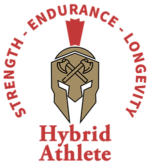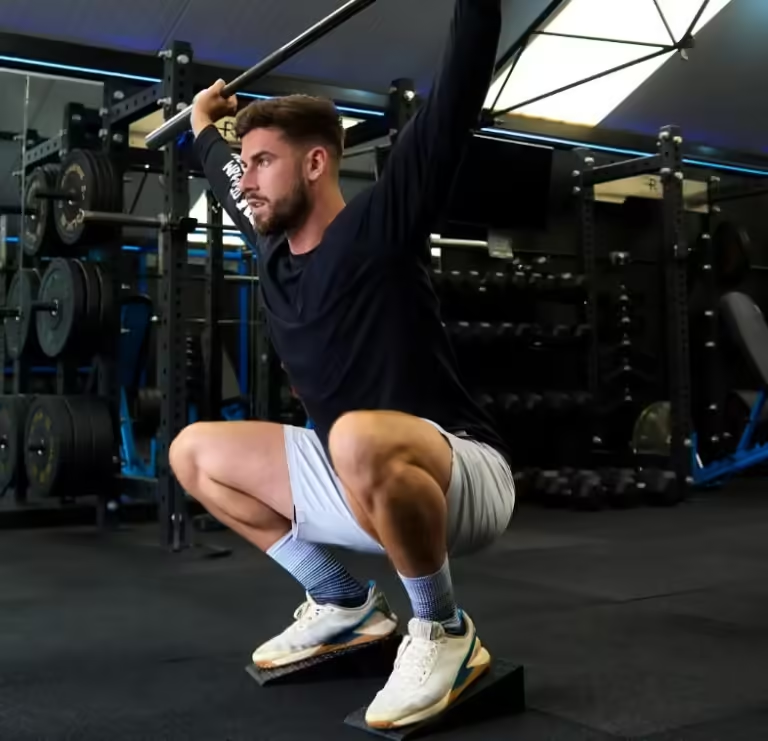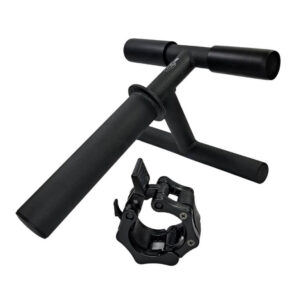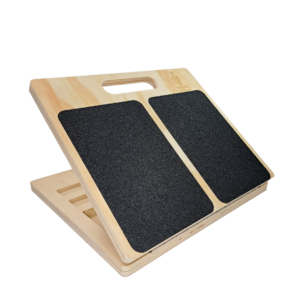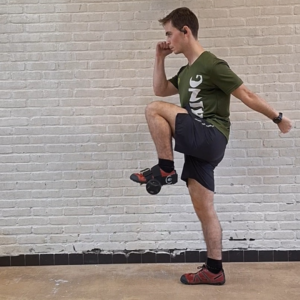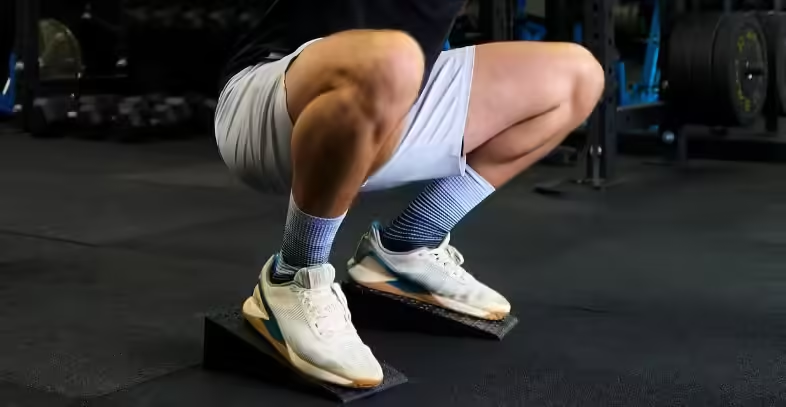
At Hybrid Athlete, we talk about mobility quite a lot, and by extension, range of motion (aka ROM) is mentioned just as often. The reason behind it is simple, the range of motion your joints can handle in a controlled manner is directly related to your performance and longevity.
After all, being strong is not as healthy without mobility and endurance to back that up, turning your strength into functional strength.
So, let’s talk about range of motion as an athletic concept, and how it connects to mobility, flexibility, and injury prevention.
Table of Contents
What Is Range Of Motion (ROM)?
Range of Motion is the ability to move parts of your body around a joint – or, rather, the limits to which you can do it.
However, ROM is not to be mistaken with terms like flexibility or mobility. While the overlap between these terms is substantial, the devil is in the details.
We can tackle these terms through ROM. We can look at flexibility as passive range of motion, while active ROM can be perceived as mobility. Again, these are just close comparisons and are not to be taken literally.
Read more about these two in our mobility vs flexibility guide.
Types Of Range Of Motion
Passive ROM
Passive range of motion refers to the limits of joint movement done by another person, while your muscles are relaxed. This is usually done by a physician, personal trainer, or a rehab specialist. The therapist can push your joints to the very limits of their ROM, which cannot be done without external help.
Now, passive ROM is mostly used during joint/muscle rehab, when regular movement is prohibited. The value of utilizing this type of range of motion is mostly found in rehab programs.
There are rare examples where passive ROM is pushed to extreme limits for the sake of flexibility (e.g. rigorous ballet training).
Active ROM
This type of range of motion is much more important for athletes, no matter their preferred discipline.
Active ROM happens when you use your muscles to push your joints to their mobility limits. This means that you need to utilize both the agonist and the antagonist group of muscles for a controlled movement.
Quick example – when you bend your knee, a couple of things happen. Firstly, your hamstring muscles (i.e. agonist) contract to generate the bending force. On the other side of your femur, the quad muscles (i.e. antagonist) elongate to help stabilize the movement.
But, active ROM isn’t about flexion and extension only. It’s about how far you can go, while still being in control. It’s about how far you can push your range of motion limits while still having control over the movement.
ROM, Mobility, and Knees Over Toes
In sports, we define mobility as being strong in the stretched position. In this case, that stretched position would be the active range of motion. So, how does Knees Over Toes play into this?
Well, when it comes to lower-body mobility, there’s rarely a better methodology to tackle it than KOT. The mobility is even implied in the name – by going knees over toes when you squat, you exercise ankle and hip mobility. These two joints are essential for knee bulletproofing. Knee issues almost always start due to a lack of ankle mobility or hip flexibility.
There’s no two ways about it – if you want to increase your active range of motion, knees over toes exercises are the way to go.
We go into great detail about how to approach mobility and working on your ROM in our Library Of Knowledge. Here are a few quick guides to help you get started:

In Conclusion - Don’t neglect ROM work
Working on your range of motion is something you should always have in mind (and in your training plans). This way, you ensure your joints are well-oiled, and you minimize the injury risk while maximizing gains. Yeah, Knees-Over-Toes can and will develop your lower body as well.
On top of that, working on your active ROM will provide you a way to lift heavy and run far well into your old age. So why not give it a go? There’s literally no downside to some ROM mobility training.
Get the best exercise gear to work on your range of motion:
GET THE BEST INJURY-PREVENTION TRAINING EQUIPMENT:
Above all, a storyteller. Then comes marketing, branding, writing music, powerlifting, and woodworking.
